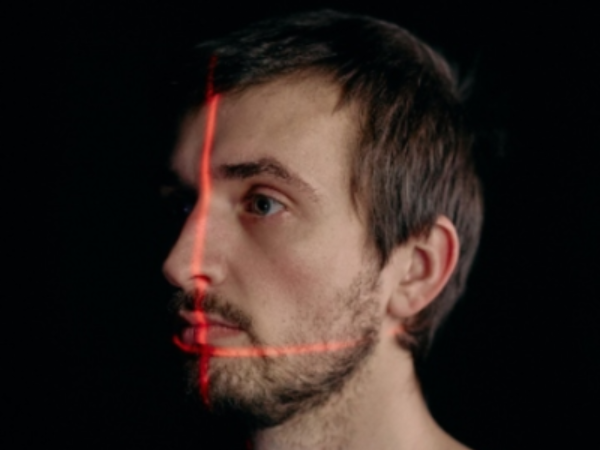
10 Aug Proof of Person: Our Biometric Future?
Fears have arisen around artificial intelligence since the coming of the year 2000. With Y2k set to the be apocalypse, and the machines going to overrun us.
In a previous article, we looked at how artificial intelligence may one day begin iterating upon itself faster than we can study it – the singularity. Instead of looking at the future of artificial intelligence, today, we’ll look at more recent developments, that being facial recreation, image creation – and other creative tools that utilize artificial intelligence.
Blurring the Lines
Recently, Former US President Donald Trump posted the following picture of himself to his millions of followers on Twitter.
There’s something clearly off with the picture – the fact that the political figure doesn’t have the correct amount of fingers. The image is completely AI generated.
It’s becoming more and more common, that plausible pictures, generated by AI programs such as MidJourney, are going trending – fooling hundreds of thousands who believe they are real. Even videos are being made, in which voice modulation and recreation are causing long-dead artists to cover songs recently released. The technology is often used to ludicrous fashion, or for pure entertainment value.
AI generative software, such as MidJourney and ChatGPT, show no signs of slowing down, with businesses and initiatives around the world investing large amounts of money into the program to allow Artificial Intelligence to be more accurate in its designs and replications.
In the hands of Threat Actors
This, unfortunately, means that threat actors have the ability to create powerful harmful statements, able to completely and wholly manipulate the reputation of a real figure, without their consent or knowledge of the fact. Celebrity reputations are now at risk, alongside personal reputations. Threat actors can ruin a person’s reputation within seconds, by spreading outrageous sentiments and soundbites, all through the use of easy-to-access tools, potentially ruining networking opportunities and business collaborations.
With so many statements being made, there needs to be a way to verify who is saying what; and if sources are legitimate in the age of AI. The solution – is digital proof of personage.
Proof of Person
Fingerprints, and DNA, are (currently) very difficult to replicate. Biometric scanning remains an incomparable form of security technology.
The future sees this technology being built into mousepads and webcams alike to verify that the person using these devices is who they claim to be.
Upon beginning a call on a communications program, the scan would begin, matching contours and unique identifiers to records – this, alongside built-in fingerprint recognisers, would ensure that a person is in fact who they claim to be, without any kind of edit to any metadata in the scanned image.
Whenever an image is generated, so too is the metadata around it. Authentical biometric scans will need to come with appropriate metadata, complex and precise enough that it circumvents any hacking or mimicking attempt. Through this proof of personage, an image can be thoroughly authenticated, ensuring communication is clear.
Without a clear means of authenticating whether a person’s image – is in fact the person, military communications can easily be hijacked, deceiving messages can appear as legitimate and security solutions can be completely destroyed from the ground up.


